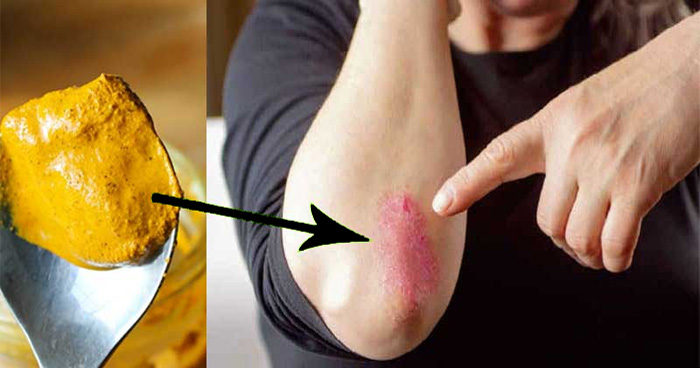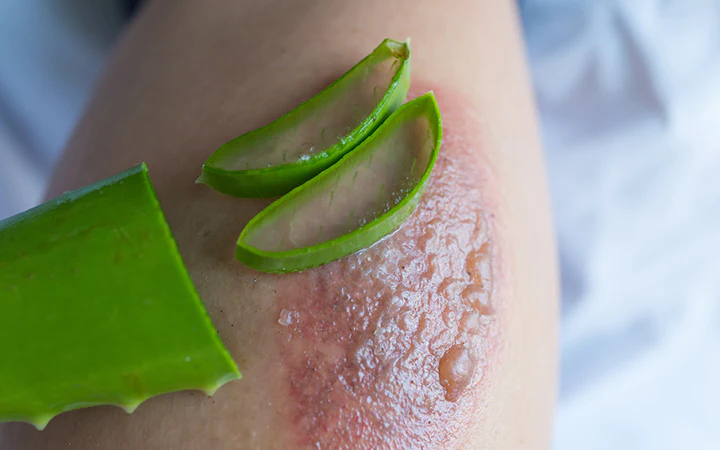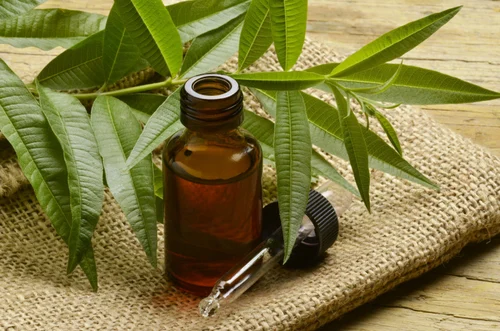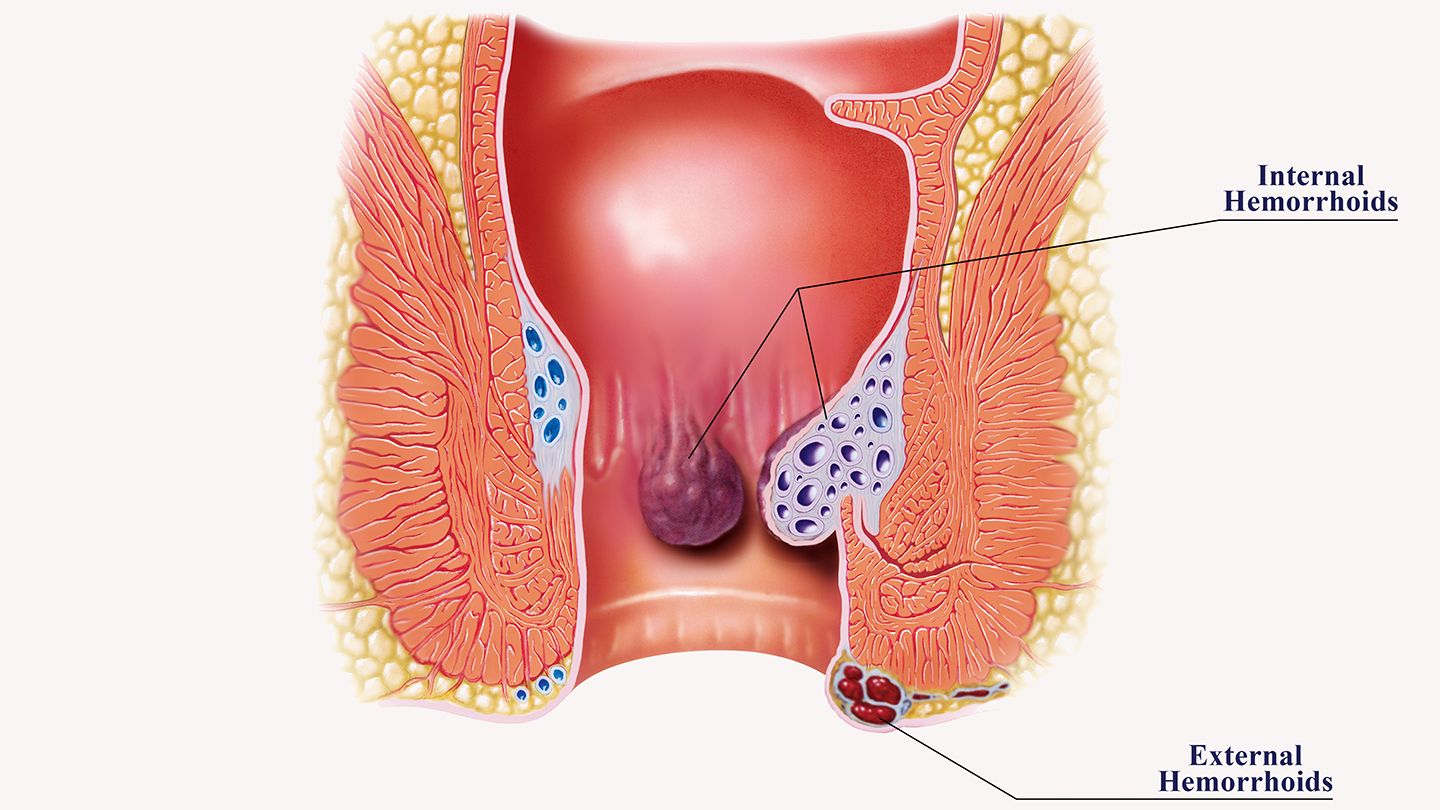Cuts, Puss, Wounds, Bruises, Wounds, Burns, Boils, Abscess.
Root Cause of Disease
A wound is the breakage of normal alignment of body cells with or without destroying them, which may impair or stop their function. Wound causes can be internal or external in origin. Wounds of internal origin are mainly due to impaired circulation, neuropathy or medical illness. Wounds of external origin are due to an outside force or trauma that causes open or closed wounds.
Symptoms
- Bleeding or oozing of blood
- Redness
- Swelling
- Pain and tenderness
- Heat
- Possible fever with infection
- Not being able to use or move the affected area
- Oozing pus, foul smell (in infected wounds only)
- Fever
- Feeling of Overall Malaise
- Green, Tan, or Pungent Drainage
- Increased Pain in Wound
- Redness Around the Wound
- Swelling of Wounded Area
- Warmer Skin Surrounding Wound
- Loss of Function and Movement
Causes
Wounds can be caused by something sudden, such as a cut, a fall or a bad knock. Cuts, grazes and lacerations are all examples of wounds. Cuts are usually caused by a sharp object like a knife or glass, or even a sheet of paper. Lacerations are a deep cut or tear of the skin – they usually have irregular jagged edges.
Internal Wounds
Disturbance of the different regulating systems of the human body can lead to wound formation, and may include the following:
- Impaired circulation: This can be from either ischemia or stasis. Ischemia is the result of reduced blood supply caused by the narrowing or blockage of blood vessels, which leads to poor circulation. Stasis is caused by immobilization for long periods or failure of the regulating valves in the veins, which leads to blood pooling and failing to flow normally to the heart.
- Neuropathy: This is seen mostly in cases of prolonged uncontrolled diabetes mellitus, where high blood sugars, derivative proteins and metabolites accumulate and damage the nervous system. The patients are usually unaware of any trauma or wounds, mainly due to loss of sensation in the affected area.
- Medical illness: When chronic and uncontrolled for long periods (such as hypertension, hyperlipidemia, arthrosclerosis, diabetes mellitus, AIDS, malignancy, morbid obesity, hepatitis C virus, etc.), medical illnesses can lead to impairment of the immune system functions, diminishing the circulation and damaging other organs and systems.;
External Wounds
External wounds can either be open or closed. In cases of closed wounds, the skin is intact and the underlying tissue is affected but not directly exposed to the outside environment.
The following are the most common types of closed wounds:
- Contusions: These are a common type of sports injury, where a direct blunt trauma can damage the small blood vessels and capillaries, muscles and underlying tissue, as well the internal organs or bone. Contusions present as a painful bruise with reddish to bluish discoloration that spreads over the injured area of skin.
- Hematomas: These include any injury that damages the small blood vessels and capillaries resulting in blood collecting and pooling in a limited space. Hematomas typically present as a painful, spongy rubbery lump-like lesion. Depending on the severity and site of the trauama, hematomas can be small or large, deep inside the body or just under the skin.
- Crush injuries: These are usually caused by an external high-pressure force that squeezes part of the body between two surfaces. The degree of injury can range from a minor bruise to a complete destruction of the crushed area of the body, depending on the site, size, duration and power of the trauma.;
Externally caused closed wounds can be complicated by:
- Severe bleeding
- Large bruises
- Nerve damage
- Bone fractures
- Internal organ damage
- Compartment syndrome: This syndrome involves the lower and/or upper limbs (especially the legs and forearms), where the damage causes swelling and increased pressure in the fascia that surrounds the muscles, nerves and blood vessels in that area. The increased pressure can block the blood supply to the affected limbs, causing severe damage to the muscles and nerves. The damage can be permanent, leading to loss of function, and may necessitate amputation.;
The most common pathogens that cause wound infections include:
- Bacteria – the most-common pathogen, including Staphylococcus (staph), Streptococcus (strep), MRSA, Clostridium, Cellulitis, to name a few.
- Fungi – yeast and mold including Candida, Cladosporidium, and Aspergillus, among others.
When to see a doctor?
A person with a wound should seek medical attention if:
- The wound is large, deep, or has jagged edges.
- The edges of the wound do not stay together.
- Symptoms of infection occur, such as fever, increasing pain or redness, or discharge from the wound.
- It is not possible to clean the wound properly or remove all debris, such as grass or gravel.
- The cause of the wound was a bite or an injury from a dirty, rusty, or dirty object.
- A person should seek urgent medical attention if blood is spurting from the wound or if applying. pressure to the wound does not stop the bleeding.
Home Remedies to treat Wounds
Remedy – 1: Turmeric powder
Materials: Turmeric

Turmeric contains a natural anti-inflammatory and antimicrobial component called curcumin, which may help skin wounds heal when applied topically. Turmeric may even possess anti-infectious components.
With its high antiseptic properties, dabbing a generous amount of turmeric powder on a fresh cut will help stop the oozing of blood and also prevent infections.
Remedy – 2: Aloe vera gel
Materials: Aloe vera

Aloe vera gel, made from the central part of the aloe leaf, is a common household remedy for minor cuts and burns, as well as sunburns. It can be found in many commercial skin lotions and cosmetics. Aloe contains active compounds that may reduce pain and inflammation and stimulate skin growth and repair.
Procedure:
- Slit the leaf of an aloe plant lengthwise and remove the gel from the inside.
- Carefully clean affected area, and then apply aloe gel liberally to the skin.
Product link: Aloe Vera Gel
Other Remedies
Honey

Honey has anti-oxidant, anti-bacterial and anti-inflammatory properties. It can be used as a wound dressing to promote rapid and improved healing. These effects are due to honey’s anti-bacterial action, secondary to its high acidity, osmotic effect, anti-oxidant content and hydrogen peroxide content.
Procedure:
- Always start with clean hands and applicators, such as sterile gauze and cotton tips.
- Apply the honey to a dressing first, then apply the dressing to the skin. This helps to cut down on the messiness of honey when applied directly to the skin.
- You can also purchase honey-impregnated dressings, such as MediHoney brand dressings, which have been on the market for several years. An exception is, if you have a deep wound bed, such as an abscess. The honey should fill the wound bed before a dressing is applied.
- Place a clean, dry dressing over the honey. This can be sterile gauze pads or an adhesive bandage. An occlusive dressing is best over honey because it keeps the honey from seeping out.
- Replace the dressing when drainage from the wound saturates the dressing. As honey starts to heal the wound, the dressing changes will likely be less frequent.
- Wash your hands after dressing the wound.
Product link: Honey
Tea tree oil

Tea tree oil can be used on cuts, burns, abrasions and boils. It helps to heal wounds caused by bacteria. Due to its antibacterial properties, tea tree oil may help speed up wound healing.
Product link: Tea Tree oil
Prickly Pear
Prickly pear oil has good concentrations of phenolic compounds which are possessing antioxidant effects on the skin and they can help to repair the damaged skin. When you use this oil, then it can help cut wounds, scars and other blemishes to heal and they will fade over time. You should apply this oil on regular basis to get its benefits.
Argan oil
If you have abrasion or wound on your skin and you want to prevent the infections which can happen from this wound or to speed up the healing process, then you should apply argan oil topically on your skin. When you take this oil internally you can also speed up the healing process but it is better to apply it directly on the skin.
Preventions
- Avoiding hot water, fire, sharp objects and other hazards.
- Being as active as possible.
- Checking your body for sores regularly.
- Eating a healthy diet.
- Losing weight if you’re overweight.
- Managing health conditions.
- Practicing healthy hygiene habits and skin care.
- Quitting smoking if you smoke.
- Treating wounds right away with first aid.


